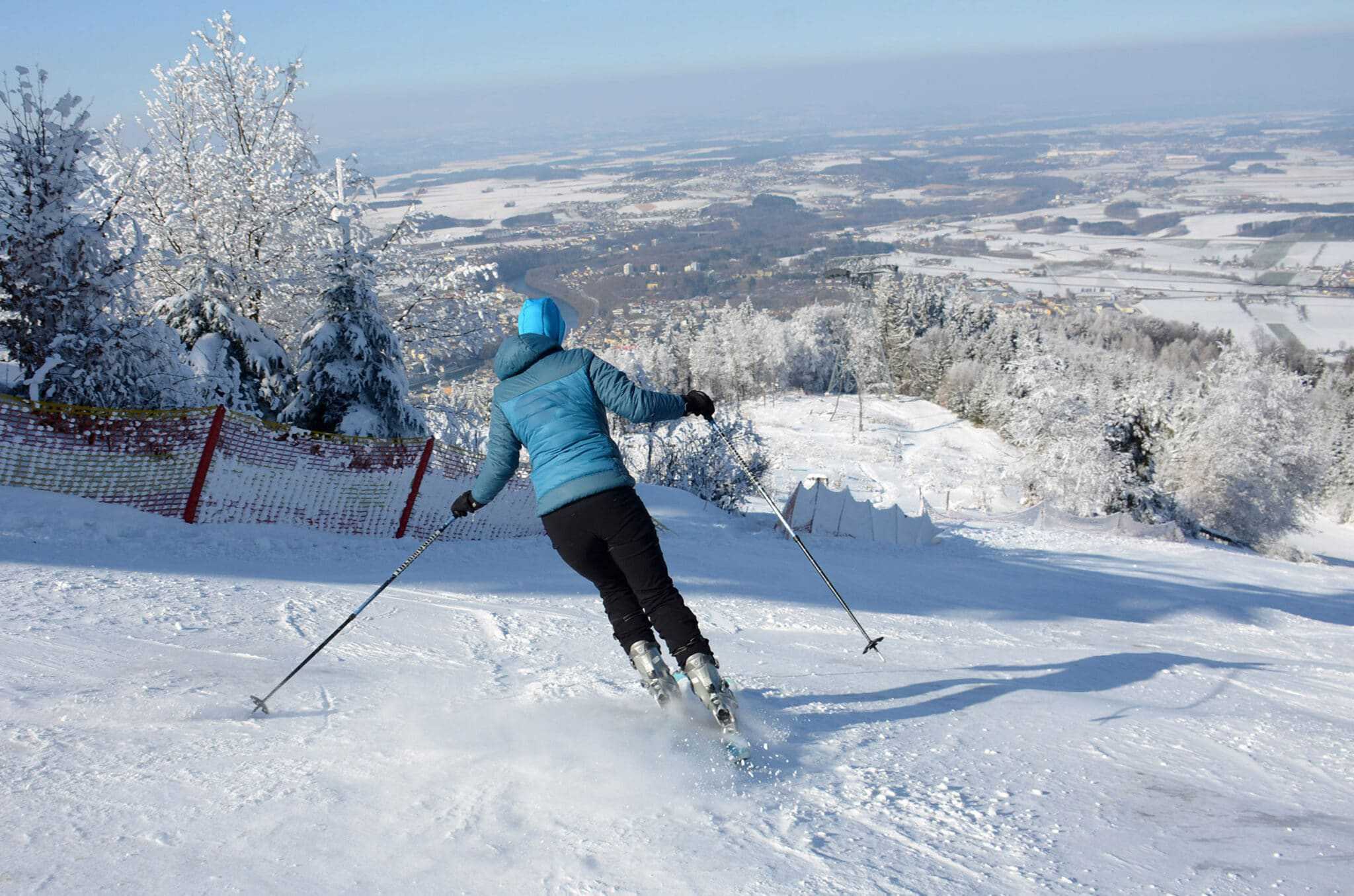Maine’s outdoor economy is expected to add over $3 billion annually to the state’s economy and create 41,000 new jobs. Between 2005 and 2021, the visitors of Maine State Parks increased from about two million visitors to 3.2 million, according to an annual report on news and insight by the Department of Agriculture.
Being the most rural state in the United States, Maine is one of the ideal places where you can reconnect to nature. Vacationland” has been the motto on Maine license plates ever since 1936 and is used to boost the reputation of Maine as the top vacation spot.
Also known as “The Pine Tree State,” Maine’s forests turn into a winter-time paradise when the snow starts to fall. Maine’s forested landscapes support their outdoor activities.
With 92% of Maine’s forests being privately owned, it is an ideal partner with USDA Forest Service programs to improve conservation and opportunities for outdoor recreation on a big scale.
Tucked within the western Maine mountains, Mount Blue and Grafton Notch State Parks are two well-known winter destinations that have benefitted from the close partnership of the USDA Forest Service and the Maine Bureau of Parks and Lands through the Forest Legacy Program.
Mount Blue State Park offers ice-skating, ice fishing, cross country skiing, snowshoeing, snowmobiling, and many other winter activities, all within view of the magnificent mountain vistas. The park also hosts various programs and events for families that strengthen the connection between the land and park to the local population.
In 2002, Maine’s Bureau of Parks and Lands, which manages the park, partnered with the Forest Legacy Program to increase the park’s size, boost conservation efforts, and improve recreational opportunities for guests.
West of Mount Blue State Park is the Grafton Notch State Park and Mahoosuc Public Lands. These parks provide remote, rugged, and backcountry adventures, with access to snowmobiles and ATVs through designated trails.
Their closeness to Grafton Notch Scenic Byway and the Appalachian Trail offers picturesque hiking and snowmobiling trails, including the most rugged stretch of the Appalachian Trail – the Mahoosuc Notch.
With over 14,500 miles of beautiful snowmobile trails, Grafton Notch offers an essential connection to other destinations for snowmobiling.
A variety of conservation easements and land, comprising over 7,000 acres protected by the Forest Legacy Program, allow for the protection of landscapes in this magnificent natural area, demonstrating the importance of strong partnerships to conserve land and offer outdoor recreation options.
Rugged terrain isn’t the only choice. Tourists can also take shorter walks to take in the breathtaking waterfalls and the gorges. The abundance of wildlife attracts many birdwatchers and hunters, which further expands the possibilities for recreation.
These are only two of more than 20 investments that both the Forest Service and the State have made in the last decades in Maine, but they are definitely not the last ones.
The passage of the Great American Outdoors Act in 2020, which wholly and permanently subsidized the Land and Water Conservation Fund, is the source of funding for many Federal conservation initiatives, such as the Forest Legacy Program.
Work is already underway to add 4,300 acres to Maine’s conservation portfolio through the East Grand Weston Forest Legacy project, funded in 2021.


